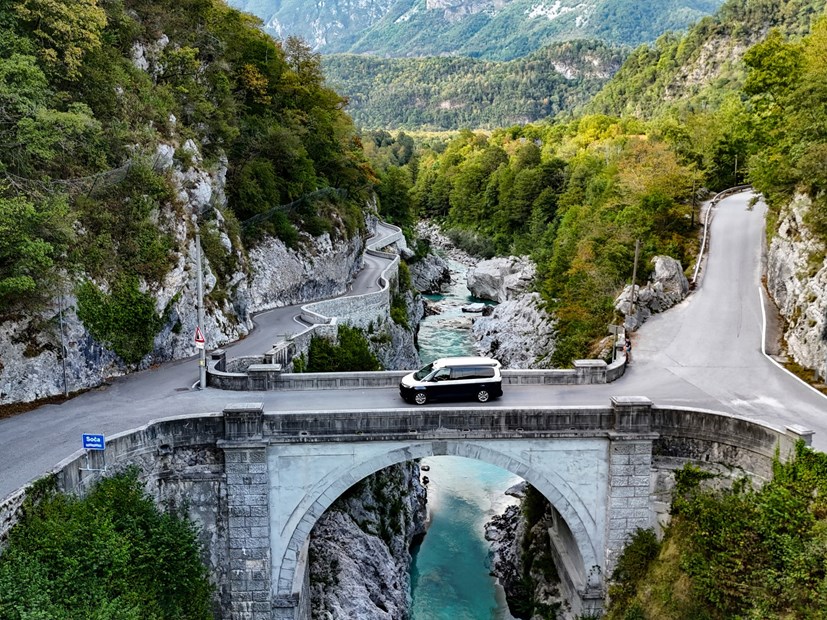The great joy of a campervan is having the freedom to roam, going wherever you want for as long as you want without the hassle of finding a bed each night. And, as much as there is to see and do in the UK, the possibilities in Europe are virtually limitless. But there are things to consider before taking a campervan abroad.
Fortunately, taking most campers from the UK to Europe is no more complex than taking a car, but heavier campers that have a gross vehicle weight (GVW) of more than 3,500kg have some extra hoops to jump through. And, across the continent, there are variations in speed limits, where you can stay, and so on.
In this guide, we’re going to look at everything you need to think about, take into account and plan for when you take your campervan abroad. There are some things we’ll only discuss briefly here, but you can find more information about them in our article on driving in Europe. We also have articles on the driving laws in several European countries:
- Driving in France
- Driving in Germany
- Driving in Spain
- Driving in Italy
- Driving in Belgium
- Driving in Ireland
If you have specific questions about the regulations in a particular country, you can easily find the answer online. Official government websites are generally very clear, and there are plenty of other resources you can tap.
Getting across the water
All campervans are able to use Channel, North Sea and Irish Sea ferries and LeShuttle (Channel Tunnel) trains. Make sure you correctly specify the vehicle’s dimensions and weight when booking. Take account of anything you’ll attach to the roof and rear of the vehicle, and everything it’ll be loaded with including fuel, water, etc. Also check any restrictions on gas bottles. It you’re crossing the North Sea with a high-roof camper, or one over about 5.5 metres long, chances are you’ll be put on the lorry deck.
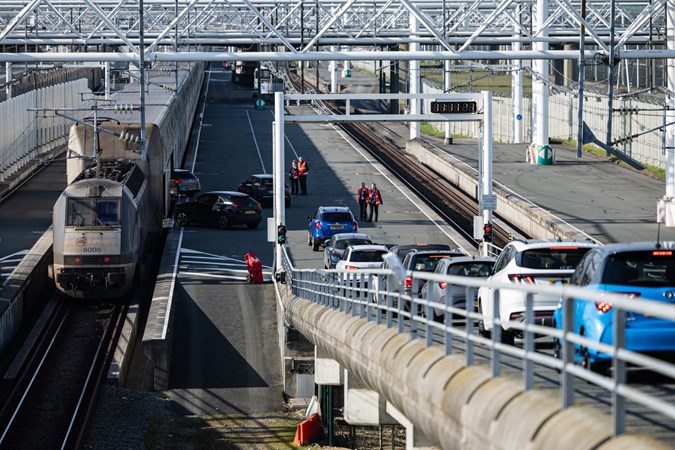
Do I need a UK sticker?
Yes, you do. Since 28 September 2021, the GB ‘country identifier’ is no longer valid on any vehicle travelling from the UK to Europe. Instead, you must have a UK sticker, magnet or number plate badge clearly displayed on the rear of the vehicle.
What kit do I need in my campervan in Europe?
There’s a lengthy list of things you’re required to have in your vehicle when driving in most European countries. They include:
- Up-to-date driving licence photocard
- Proof of insurance
- Proof of ID (such as a passport)
- V5C registration document
- High-visibility jackets for all vehicle occupants
- Warning triangle
There are other things that certain countries require. For instance, in France and Germany you need a first aid kit and a pack of two breathalysers. Spare glasses are required in many countries, as well. Check what’s required in every country you’ll visit before leaving.
What are the campervan speed limits in Europe?
Campervans of 3,500kg GVW or less are covered by the same speed limits as cars. Across most of Europe, the motorway speed limit is 130km/h (81mph), though there are local variations. Campervans of more than 3,500kg GVW are bound by the same limit as any other vehicle that weight – 90km/h (56mph) on motorways. Again, there are local variations, for instance the motorway limit for heavier vehicles is 80km/h (50mph) in Austria.
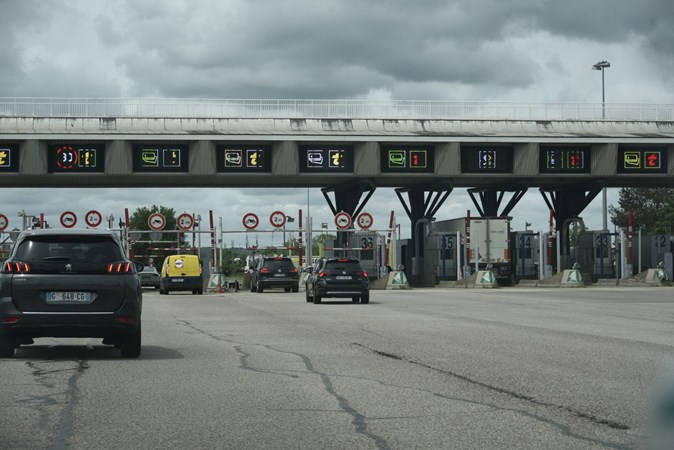
What road tolls do I have to pay?
Several countries including France, Spain and Italy operate a system of road tolls on major cross-country routes. Campervans of 3,500kg GVW or less are charged at the same rate as cars; heavier vans may face higher charges.
The Liber-t electronic toll tag allows you to pass through toll booths without stopping, with the fee charged to your credit or debit card. You can read more about it in our article on driving in France; you can also use it to pay tolls in Italy, Spain and Portugal.
In certain countries – such as Austria – vehicles of 3,500kg GVW or more need a vignette. That’s essentially a form of road tax that allows you drive in the country for a specified amount of time.
Do I need insurance for driving a campervan in Europe?
Most UK vehicle insurance policies include cover for driving in Europe, usually up to 90 days but it could be less with certain companies. Though most conventional car insurers will cover campervans, it’s often best to go through a specialist such as the Caravan and Motorhome Club. Such insurers are more attuned to the specific needs of campervanners, or instance providing much better coverage for personal possessions.
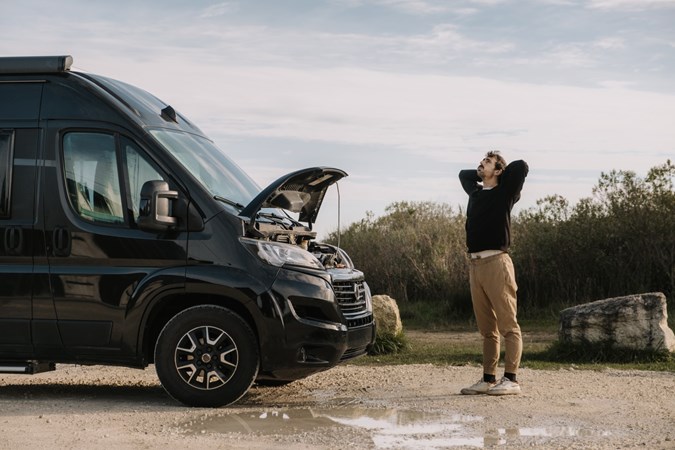
Do I need breakdown cover for driving in Europe?
It’s certainly advisable to have breakdown cover when driving any vehicle in Europe. Every provider has a network of recovery services and garages across Europe to help get your vehicle sorted – or repatriate it back to the UK if needed. Trying to do all that by yourself would be extremely difficult – virtually impossible if you don’t speak the language – and cost a fortune.
When arranging cover, be specific about exactly what sort of vehicle you have. A particular provider may have lower rates for vehicles of 3,500kg GVW or less, but a Volkswagen California is much easier to recover than a big-body Mercedes Sprinter, even if they fall into the same weight category.
Are campervans subject to low emissions zones?
Many cities across Europe have low emissions zones (LEZs), which do affect campervans. The rules on which vehicles are restricted differs between LEZs, as does how and when you pay the charges. Also be aware that there may be further restrictions and higher charges on vehicles of 3,500kg GVW or more. It’s best to check the situation in any city you’re going to visit several weeks before setting off to allow time for delivery of any passes needed.
Can I go wild camping in Europe?
Wild camping is prohibited across much of Europe, though there are exceptions including Spain, Sweden and Norway. However, not being able to set up anywhere you like doesn’t restrict you to just using managed campsites.
For instance, France has an extensive network of ‘aire de service’ (service areas), essentially parking areas – usually found just outside towns and villages – where campervans can stay overnight. Charges and facilities vary from free and parking-only to around 20 euros and pretty comprehensive. Many other countries have similar provisions.
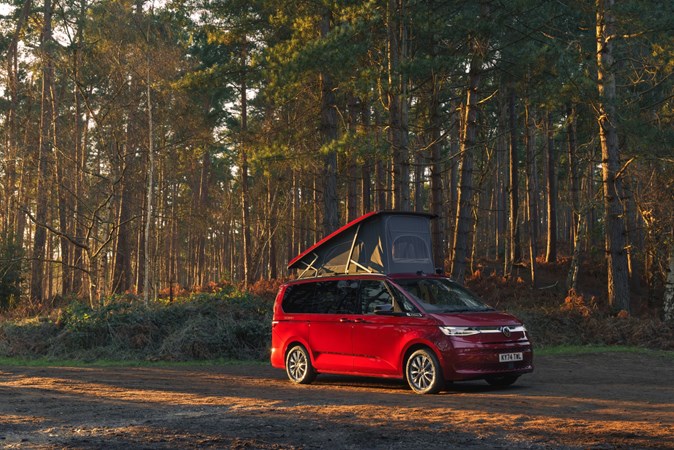
It’s always helpful to know the term for campervan in a given country’s language, so you can look for it on road signs. For instance, it’s ‘camping car’ in French, ‘wohnmobil’ in German, ‘camper’ in Italian and ‘autocaravana’ in Spanish.
There are lots of online resources that detail exactly where you can camp in any European country, but none are truly exhaustive, so you’ll have to check several times. If possible, find a couple of options for each night, just in case your first choice doesn’t have the facilities you need, or you simply don’t like the look of the place. Remember that finding somewhere you feel safe and secure is the first priority, especially if you’re traveling alone or with children.
Checking your vehicle for migrants before returning to the UK
Drivers are responsible for making sure there are no migrants attempting to illegally enter the UK in, on or under their vehicle. On your return journey to a port, if you stop for even a few minutes, check everywhere someone could try to hide before continuing. If you do find someone, call the police to come and remove them. If you bring a migrant into the UK, prosecution can follow resulting in a heavy fine or even imprisonment. You can find the latest guidance on the Government website.
Just so you know, we may receive a commission or other compensation from the links on this website – read why you should trust us.
Just so you know, we may receive a commission or other compensation from the links on this website - read why you should trust us.


